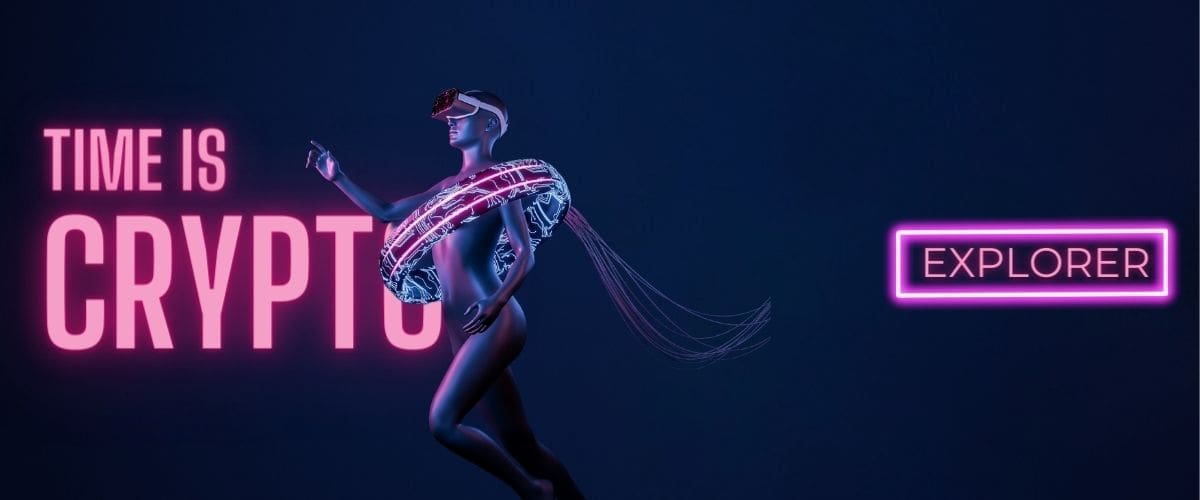Frye notes that the core of the case largely revolves around NFT art and the practice of “using NFTs to sell it, as most people do.” The goal, he says, is to encourage SEC regulators to “think long and carefully” about what falls within their jurisdiction.
Safety & Art
In 1946, a U.S. Supreme Court decision against the Howey Company, which sold citrus orchards to buyers who shared in the profits, solidified the test for determining what constitutes a security. The “Howey Test” defines securities as “an investment of money in a joint venture with the expectation of profit derived from the efforts of others.”
Gottlieb explains that this means an investment contract is considered a security. However, applying this to something like art, whether analog or NFT-based, can be challenging. Frye points out that when you sell a certificate, you’re essentially selling an interest in your art to collectors, with buyers investing in the hope that “you will become more famous.” This fame, in turn, makes the art more valuable.
Gottlieb suggests that, under the Howey Test, art buyers might appear to be investing in a joint venture, expecting to profit from the artist’s efforts. However, he also notes that “artists don’t owe anything to the market.” For example, if an autographed album appreciated in value as Charli XCX continued to gain popularity, it wasn’t due to the sale of the album itself. The lawsuit argues that the same logic applies to a digital cat cartoon tied to a blockchain-based code.
Moreover, people don’t just purchase art NFTs to resell them at a profit. Gottlieb mentions that buyers often acquire Mann’s works for various reasons, such as to enjoy the music. However, based on the SEC’s Impact Theory and Stoner Cats decisions, Frye argues that “not only is the entire NFT market, but the entire art market itself a security.”
The SEC declined to comment through a spokesperson. While the agency’s past actions don’t indicate that it considers all NFTs to be securities, it also hasn’t provided clear guidance on how artists using this technology should proceed with selling their work. Attorney Michael Rinaldi, a partner at Duane Morris in Philadelphia, suggests that Mann’s work “could be different enough” from the two projects that paid fines to the SEC. He adds that if an NFT is defined as “collectible or unique” and held for personal enjoyment rather than investment purposes, it might not be considered a security.
Mann and Frye’s lawsuit seeks to obtain answers from the SEC. The suit notes that while other cases like Impact Theory and Stoner Cats were digital, there was little conceptual difference between those artworks and, say, Andy Warhol’s 1962 series 32 Campbell’s Soup Boxes. Stoner Cats NFTs funded an animated series, but the lawsuit questions the value of purchasing artwork if it doesn’t support the artist’s future work.
On the other hand, NFTs possess a financial aspect that other artistic media do not. “Canvas is not a financial layer,” says London-based Ben Gentilli, who creates blockchain-related artwork under the name Robert Alice. He describes NFTs as “art made with banknotes.” In 2021, when NFT art sales, such as Beeple’s $69 million sale at Christie’s, highlighted the investment potential of this medium, it became clear that this language was permeating the way people marketed NFT projects, according to Gentilli.
You may also like this content
- RTFKT to Cease Operations by 2025 Following Decline in NFT Popularity
- NFTs Are Making a Comeback: Sales Volume Doubles in Just One Week!
- NFT Market Surges 18% in October, Sales Rebound to $356M

